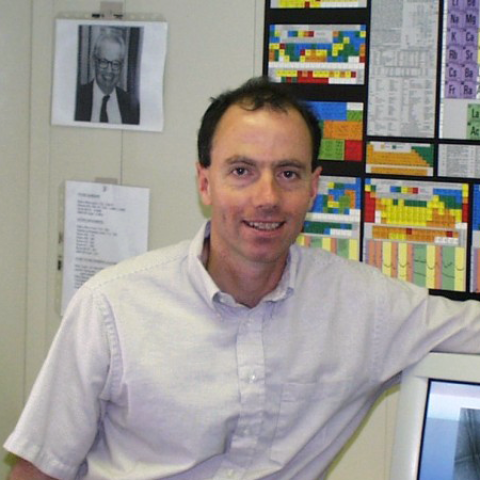
Molecular Structural Basis for Amyloid Formation in Alzheimer’s Disease
ROB TYCKO, NIH NIDDK
In Alzheimer's disease (AD), the amyloid-β (Aβ) peptide spontaneously aggregates in brain tissue to form amyloid fibrils and other types of supramolecular assemblies, which are a likely primary cause of neurodegeneration. Detailed molecular structural information for Aβ fibrils can help us understand the Aβ self-assembly process, contribute to our understanding of pathogenic mechanisms, and guide the development of drugs and imaging agents. Although the inherently noncrystalline, insoluble nature of amyloid fibrils and related assemblies makes this information difficult to obtain, it turns out that amyloid structures can be characterized by solid state nuclear magnetic resonance (NMR) methods, including advanced methods developed in my lab. In this lecture, I will describe the highlights of my lab’s studies of amyloid structures, beginning with investigations of β-sheet organization in fibrils formed in vitro and culminating in structural studies of fibrils derived from AD brain tissue. One important finding is that Aβ fibrils are polymorphic at the molecular structural level, which leads us to investigate whether structural variations in Aβ fibrils may correlate with variations in disease development.
May 7th, 2015 at 12:15 PM in Clark Center Seminar Room S360
Hosted by:
Lynette Cegelski, Assistant Professor of Chemistry, Stanford University
Pre-Seminar May 4th, 2015 at 12:15 PM in Clark S361
